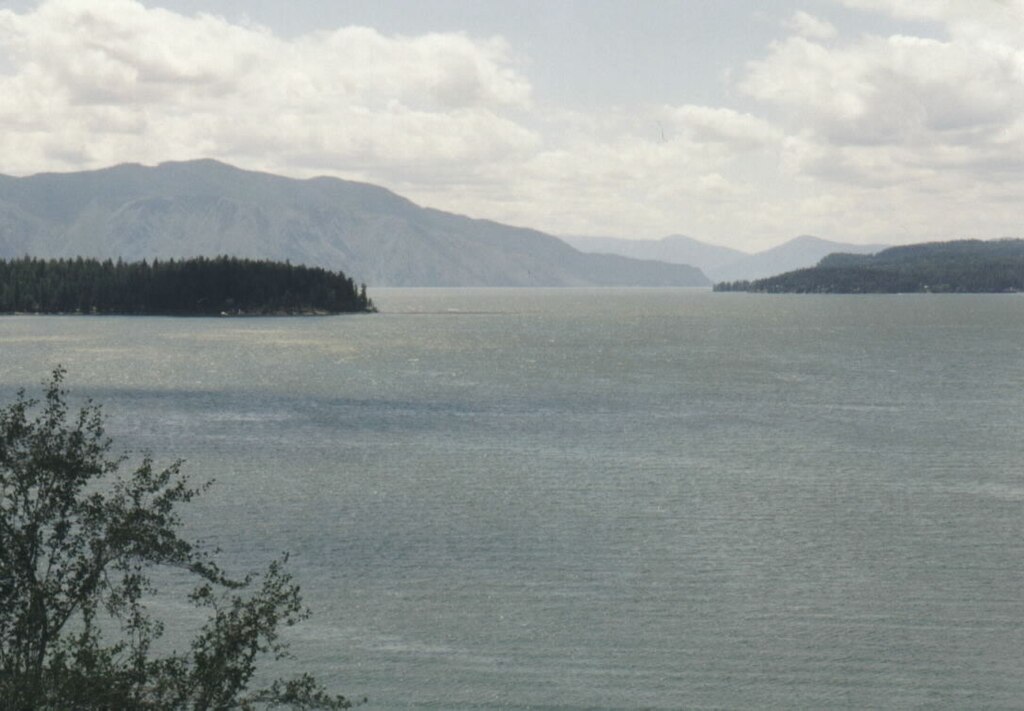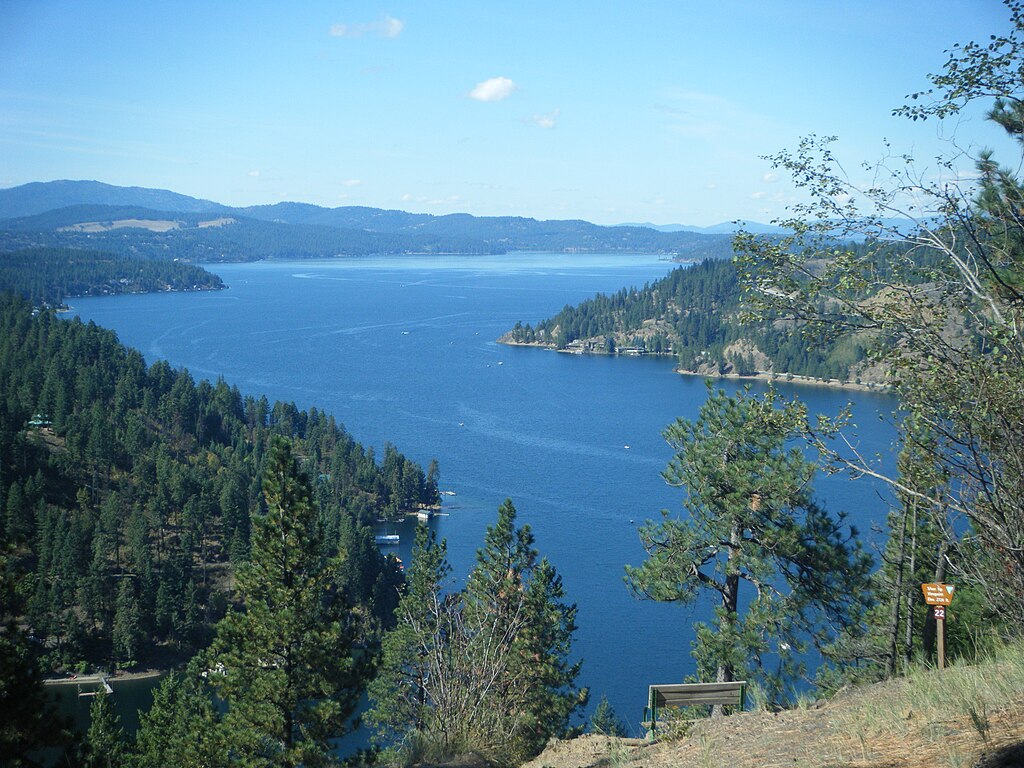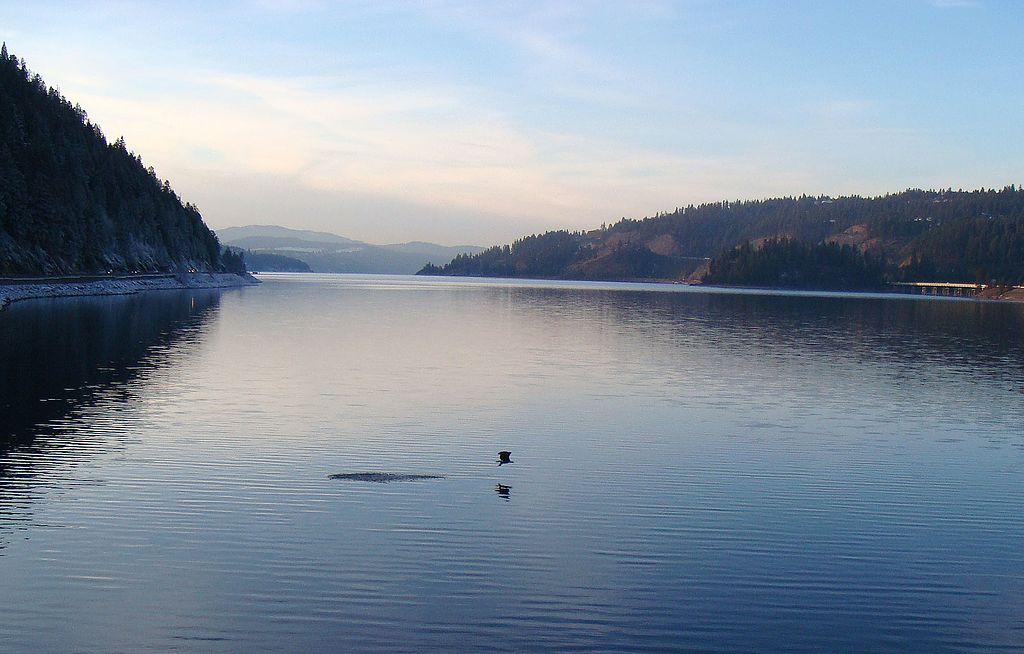Nestled in the heart of the Northern Rocky Mountains, the Coeur d’Alene Mountains and the greater Bitterroot Range stand as a testament to the rugged beauty and ecological diversity of the American West. Stretching across northern Idaho and into western Montana, these ranges are not only geographical landmarks but also vibrant ecosystems teeming with wildlife, rich forests, and sparkling alpine waters.
The Coeur d’Alene Mountains: Northwestern Jewel of the Bitterroot Range
The Coeur d’Alene Mountains form the northwesternmost portion of the Bitterroot Range, occupying a prominent position in northern Idaho and the westernmost edge of Montana. Covering roughly 2,590 square miles, these mountains are defined by their dramatic landscapes—dense forests, steep ridges, and narrow canyons carved by ancient geological forces. The range extends in a roughly triangular form, running south for about 60 miles along the Montana border from Pend Oreille Lake to the St. Joe River.
The highest point in the Coeur d’Alene Mountains is Cherry Peak, which rises to 7,352 feet. Other notable summits include Patricks Knob and Grizzly Mountain. The terrain is a mix of high plateaus, rugged peaks, and deep river valleys, with numerous creeks and streams draining the winter snowpack and feeding into the region’s lakes and bogs.

Ecological Richness: Flora and Fauna
The Coeur d’Alene Mountains and their surrounding forests are a haven for biodiversity. The area is blanketed with dense coniferous forests, including Western White Pine (Idaho’s state tree), Ponderosa Pine, Douglas Fir, and Western Red Cedar. The understory is lush, featuring huckleberries, wild ginger, sword ferns, and serviceberry shrubs. After forest fires, resilient plants like fireweed quickly colonize disturbed areas, helping stabilize soils and regenerate the ecosystem.
Wildlife is abundant. Large mammals such as elk, deer, moose, and both black and grizzly bears roam the forests and valleys. Bighorn sheep migrate to the region in winter, while predators like cougars, timber wolves, and bobcats maintain the ecological balance. The waterways and bogs support beavers and the elusive wolverine, while the skies are patrolled by bald eagles, golden eagles, ospreys, and a variety of songbirds and wild turkeys.
The Bitterroot Range: A Broader Perspective
The Bitterroot Range, of which the Coeur d’Alene Mountains are a significant part, stretches southward and forms a natural boundary between Idaho and Montana. The range is characterized by its steep ridges, glacially carved peaks, and deep valleys. Trapper Peak, the highest summit in the Bitterroot Range, rises to 10,157 feet and offers breathtaking panoramic views.
Geologically, the Bitterroot Range is a tapestry of granite and sedimentary rock, shaped by millions of years of tectonic activity and erosion. This diversity supports a wide variety of plant and animal species, making the range a living laboratory for geologists and naturalists alike.
The lower elevations are dominated by thick coniferous forests, while higher up, alpine meadows burst into color with wildflowers during the short summer. The range’s lakes and streams, fed by glacial runoff, are renowned for their clarity and are popular with anglers seeking native trout.
Outdoor Recreation and Conservation
The Coeur d’Alene Mountains and Bitterroot Range are magnets for outdoor enthusiasts. Hiking, camping, fishing, and boating are popular activities, with well-maintained trails and campgrounds offering access to some of the region’s most scenic spots. Hiking, camping, fishing, and boating are popular activities, with well-maintained trails and campgrounds offering access to some of the region’s most scenic spots. Notable hikes include the Mineral Ridge National Recreation Trail, which provides sweeping views of Lake Coeur d’Alene and the surrounding mountains.
Conservation efforts are ongoing to preserve these landscapes for future generations. Roadless areas, such as the 43,000 acres around Mount Bushnell, provide critical habitats for wildlife and protect the integrity of the ecosystem. These efforts ensure that the forests, rivers, and wildlife continue to thrive, even as the region’s popularity grows.

The Human Connection: Mining, Logging, and Tourism
Historically, the Coeur d’Alene Mountains played a central role in Idaho’s mining industry, producing significant amounts of silver, lead, and zinc. Logging was also a major economic driver until the 1980s, when a shift toward tourism began to reshape the region’s identity.
Today, the area around Coeur d’Alene and its mountains is known for its vibrant communities, outdoor recreation, and natural beauty, attracting visitors and new residents alike.
Coeur d’Alene National Forest: A Sanctuary of Diversity
Much of the Coeur d’Alene Mountains is encompassed by the Coeur d’Alene National Forest, a landscape of rolling hills, rugged mountains, and extensive water systems. Lake Coeur d’Alene, with its crystal-clear waters, is a centerpiece for recreation and wildlife. The forest’s diverse habitats support everything from large mammals to rare amphibians like the Coeur d’Alene salamander and tailed frog, highlighting the region’s ecological significance.

